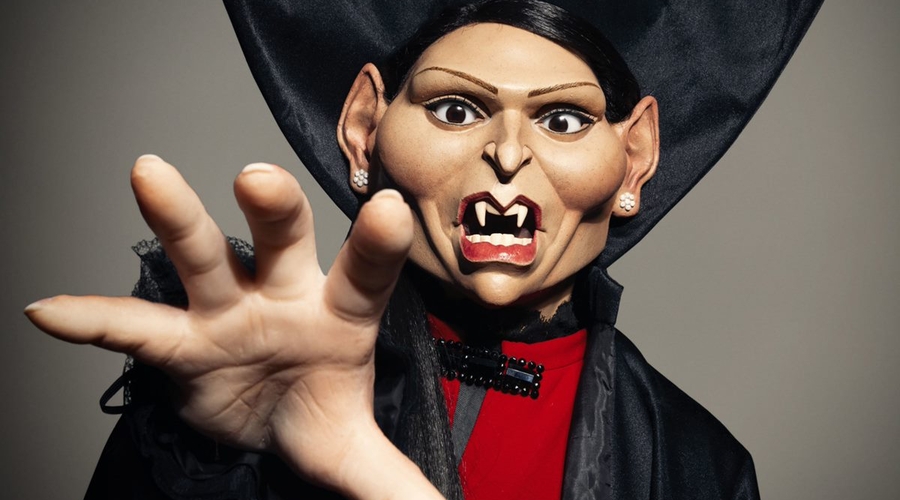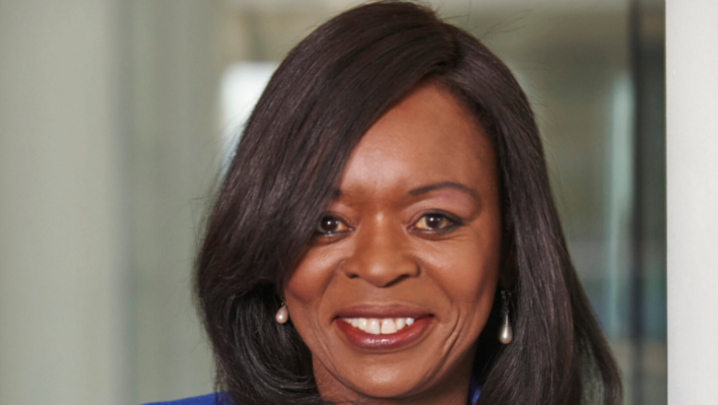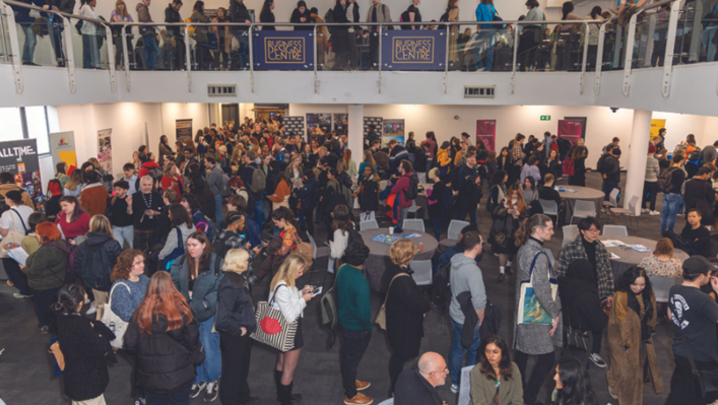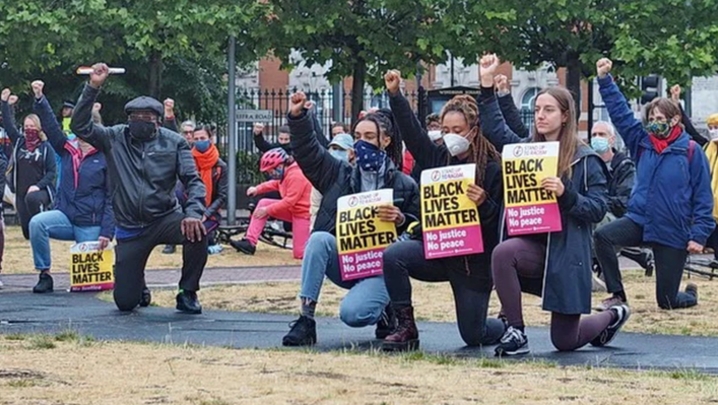The team behind BritBox’s reboot of Spitting Image explains how to make satire work for millennials.
When it emerged that BritBox was rebooting Spitting Image, the ITV show that ran for 18 series from 1984 to 1996 and which mercilessly lampooned the Thatcher-Reagan era, there was scepticism that the revival would work.
Could a collection of latex puppets that had helped redefine TV satire in the pre-digital age be successfully reinvented to send up today’s politicians and celebs?
Many believe that our toxic times are beyond satire, riven as they are by a global health crisis, environmental disaster and a warp-speed news cycle. And that’s without factoring in social media in which misinformation is commonplace or “woke” sensitivities around which comedy writers may feel the need to tread carefully.
Miraculously, Spitting Image mark II pulled it off, despite some complaints that the revival lacked the savage bite of the original series.
This September, season 2 arrives on BritBox. Audiences can look forward to the return of some grotesque and familiar caricatures from season 1, including Cabinet ministers Priti Patel as a blood-sucking dominatrix and Michael Gove with a face made from his own genitals.
Caricatures of footballers Harry Kane and Marcus Rashford, England manager Gareth Southgate and soccer commentator Alex Scott will make their Spitting Image debuts in the new series. Also expect to see rapper Lin-Manuel Miranda and BBC Director-General Tim Davie given the Spitting Image treatment– a typically cheeky move considering that the BBC owns half of BritBox.
“We’re in the process of making Tim Davie into Boris’s pet poodle. It was a lot easier to do that I’d imagined. He’ll be a small lapdog that comes every time when he’s called,” the show’s co-creator and executive producer Roger Law told an RTS Production Focus in July.
“We’re levelling off the politicians on the show and bringing in people who know what they’re doing, like the footballers,” he added drily.
‘We’ve found a good middle ground that’s… funny and [NOT] too woke’
Law, now 79, is one of the original team that created the show. He is clearly relishing Spitting Image’s second coming and the opportunity it gives him to make mischief at the expense of those who populate our public life.
He showed the RTS a selection of the original drawings on which some of the puppets were based, including depictions of Davie, Idris Elba, Elton John, the Queen and Taylor Swift. “As you can see, the finished puppet is almost attractive, which is unusual for Spitting Image,” noted Law.
While the show’s look is down to this veteran of the satiric arts, who began his career as a political cartoonist for The Observer and Private Eye, the person in charge of the BritBox series is showrunner Jeff Westbrook, an American whose credits include a stint on the endlessly inventive The Simpsons.
His brief was to ensure that the revived Spitting Image should have greater international appeal than the programme that, in the 1980s, helped burnish the credentials of the original producer, ITV station Central Television.
Ultimately, he decides who is featured in the show but he stressed the collective effort behind the puppets: “It’s a great collaborative process because, often, the caricaturists come up with really funny ideas.
“That visual sense is a big part of the show. That’s why Roger is so crucial.”
Writer and voice actor Matt Forde emphasised the team aesthetic that informs the series: “You have a lot of freedom on the show, whether you want a new puppet or you’ve got an idea for an existing puppet.
“As writers, we’re involved at every stage. Some of it is done individually, where you talk to Jeff. There are other meetings where it’s done collaboratively and ideas are knocked around, or we take existing scripts and polish them.”
In Spitting Image’s previous incarnation, Law and his workshop made more than 1,000 latex heads. “Now, I feel like a superannuated conductor – because, you know how it works, in a workshop, everybody joins in. That is enormous fun and that’s what I miss working virtually,” he said.
These days everything is done via video calls, which inevitably adds to the stress levels. Making the puppets is time-consuming and takes eight to nine days. “When it works it’s fun but, because there’s an element of topicality, it is a hard show to get your head around and it’s a lot of work,” explained Law.
Each episode allots five minutes to poke fun at events that happen during the week of transmission. The very first episode of the reboot tested the team’s ability to be as up to date as possible when, on the day before the show was due on air, it emerged that Donald Trump was sick with coronavirus.
“We realised we had some images of Trump tweeting, so we repurposed those so that he was sitting in bed tweeting,” recalled Westbrook. “I told the writers that we needed some hilarious tweets. Within half an hour, we managed to slam some in. It was a nerve-racking and horrible experience, but a great example of teamwork.”
Clearly, the speed of today’s news cycle and the ubiquity of social media present fresh challenges to the reincarnated Spitting Image. Said Westbrook: “Often, the obvious joke has been made a lot of times on Twitter, so our job is to find a way to put it into a funny sketch that takes advantage of the puppets and the great voice actors we have. A twist beyond the obvious take.”
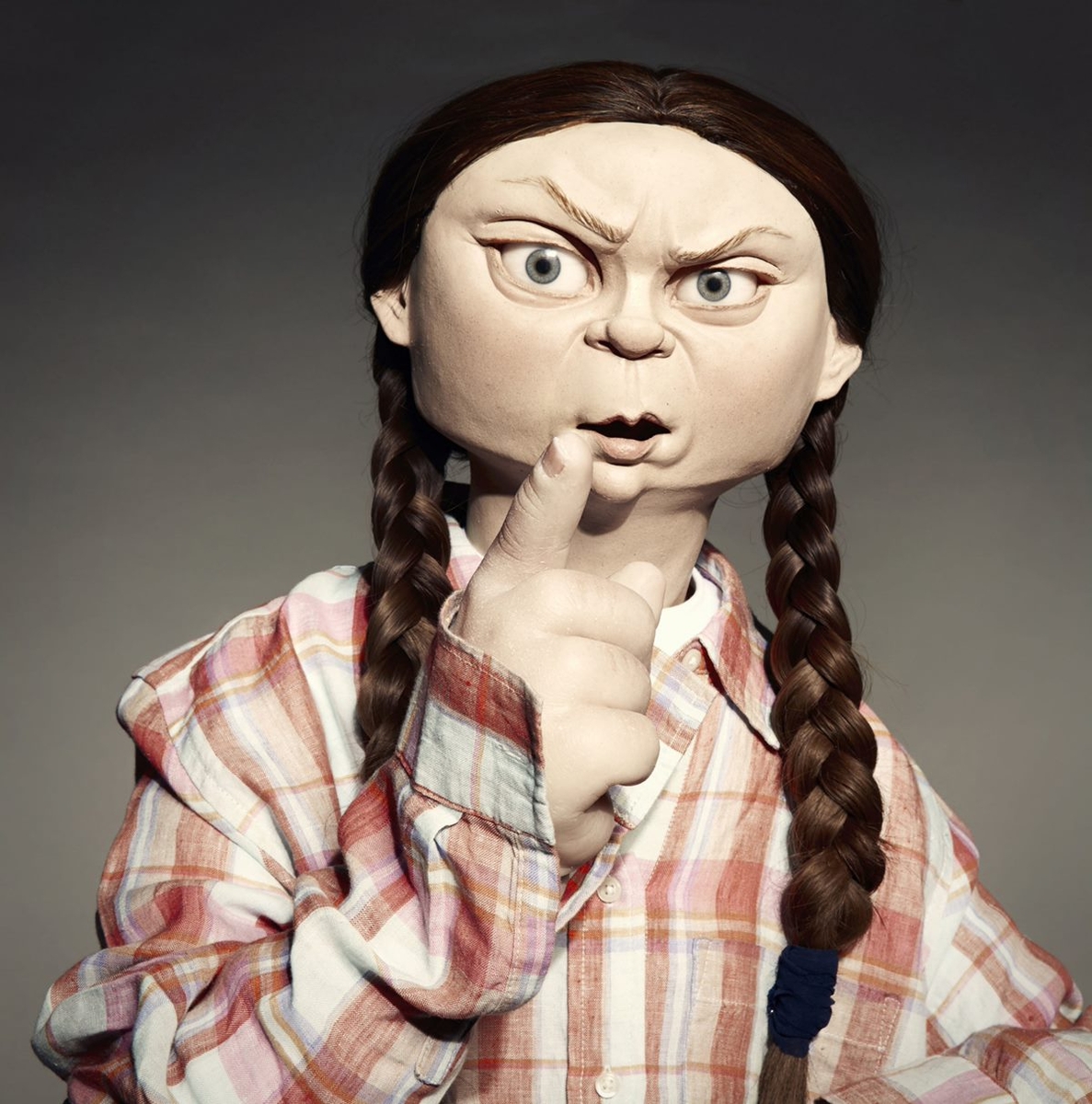
This is not as easy as it sounds, particularly in a “woke” world. The decision to satirise Greta Thunberg – she was depicted as a weather girl – initially led to outrage by people on social media that such a role model – and an autistic one at that – was being caricatured. However, once Thunberg gave her approval to her puppet, the criticism stopped.
“I thought that working for BritBox we’d have quite a lot of freedom and, indeed, we have had,” said Law. “But trying to change – and I’m an old man… Now you’ve got young people working who are incredibly woke, most of which I’ve come round to. But it does make things difficult, because you want to make people laugh.
“You don’t want to irritate them. You have to be careful. If you say one thing satirically and you mean another, there are a lot of people out there on the net who don’t know the difference. But it’s our problem and we’re dealing with it.”
“There were things Spitting Image could get away with in the 1980s and 1990s that we can’t today,” added Nana Hughes, ITV’s head of scripted comedy who commissioned the show. “I didn’t want to come in as the word police, saying, ‘You can’t do this, you can’t do that.’ There’s been an interesting dance on what they can get away with.
“I think we’ve found a good middle ground that works, that’s still funny, and which isn’t too woke.
“I think we can push it a bit further this series. Compliance has changed massively. Basically, when Spitting Image first started, compliance didn’t exist.
“They just went for it and apologised afterwards.”
Report by Steve Clarke. The RTS London Production Focus on Spitting Image was held on 22 July. It was chaired by Benji Wilson, journalist and TV critic at Private Eye. The producer was Damien Ashton-Wellman. Season 2 of Spitting Image starts on 11 September on BritBox.

